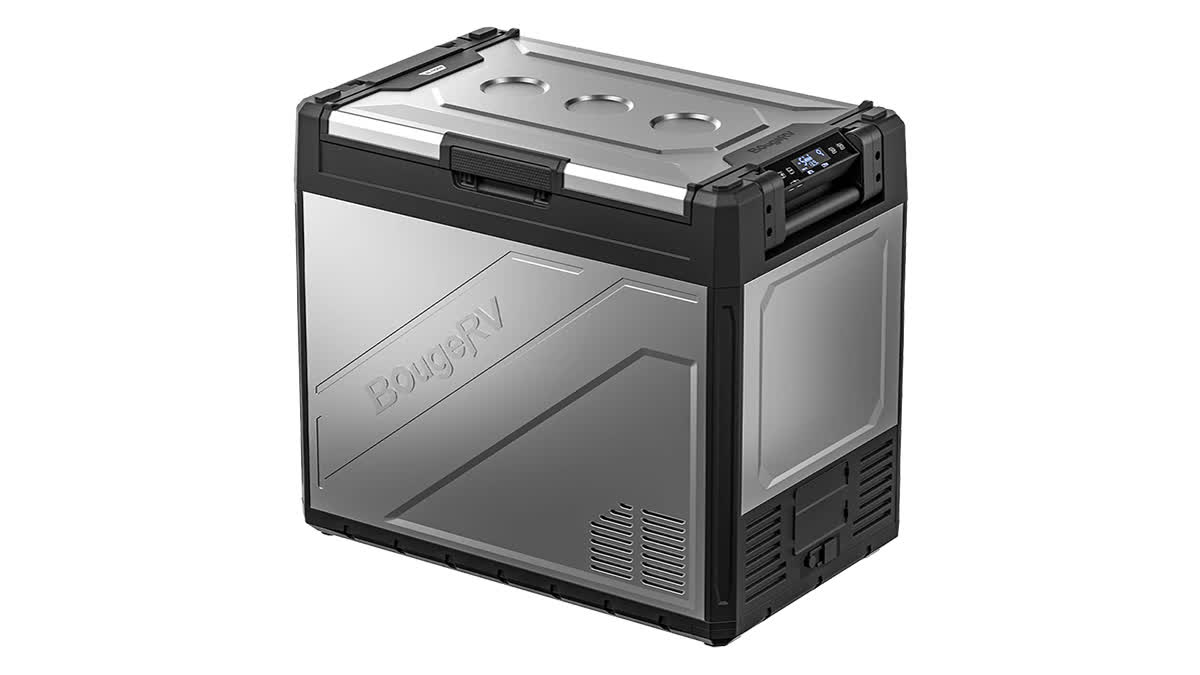Overlanding, the practice of self-reliant adventure travel to remote destinations where the journey is the primary goal, has surged in popularity. Central to the overlanding experience is ensuring that essential supplies are kept fresh and accessible, and this is where a quality overland refrigerator comes into play. Choosing the right overland refrigerator involves balancing performance and budget, and this article will guide you through the key considerations to make an informed decision.
Understanding Overlanding Fridges
Overlanding fridges are portable refrigeration units designed to withstand the rigors of off-road travel. Unlike traditional coolers, which rely on ice, these fridges use compressors to maintain consistent temperatures, ensuring your food and drinks stay fresh without the mess of melting ice.
Key Performance Factors
- Compressor Type: The heart of any fridge, the compressor, determines its cooling efficiency. Danfoss (now Secop) compressors are renowned for their reliability and efficiency, making them a popular choice among high-end overlanding fridges.
- Temperature Range:Look for a fridge that can maintain a wide temperature range, ideally between -4°F to 68°F (-20°C to 20°C), allowing you to use it as both a fridge and a freezer.
- Energy Efficiency: Overlanding fridges should be energy-efficient, especially when operating off-grid. Check the power draw in both idle and active states. Fridges with lower wattage are preferable as they consume less power, preserving your vehicle’s battery.
- Power Options:The ability to run on multiple power sources (12/24V DC for vehicle use and 110/240V AC for household use) adds versatility. Some models also come with solar compatibility, a great feature for extended off-grid adventures.
- Construction:Overlanding fridges should be built to last, with robust exteriors made from materials like stainless steel or reinforced plastics. Look for models with impact-resistant corners and sturdy handles.
- Sealing and Insulation: High-quality gaskets and thick insulation ensure the fridge maintains its temperature efficiently, even in extreme conditions.
- Capacity: Determine the appropriate size based on your needs. Solo travelers or couples might find a 30-40 liter fridge sufficient, while larger groups or extended trips may require fridges with capacities of 50-80 liters or more.
- Dimensions: Consider the available space in your vehicle. Measure the intended storage area and compare it with the fridge’s dimensions, ensuring a snug fit without obstructing other essential gear.
Balancing the Budget
Initial Cost vs. Long-Term Investment
Entry-Level Fridges: Budget-friendly overland refrigerator models often range from $300 to $600. While these may offer basic functionality, they might lack the advanced features and durability found in higher-end models.
Mid-Range Fridges:Priced between $600 to $1000, these fridges generally strike a good balance between cost and performance. They often feature reliable compressors, better insulation, and useful extras like digital displays and dual-zone compartments.
High-End Fridges: Expect to pay over $1000 for premium fridges. These units boast top-of-the-line components, superior build quality, and advanced features like WiFi connectivity and remote temperature control.
Operational Costs
